How can Huakui coffee beans taste good? The correct use of the smart cup of the pressure pot by the love music method
The sunset after the Beginning of Autumn is particularly gentle, looking up at the sky, the pink-blue sky can cure the tiredness of the day. Looking at the gentle tone, I can always think of food full of flower and fruit aroma, such as marshmallow, such as fruit pie, and then, such as Sakui coffee.
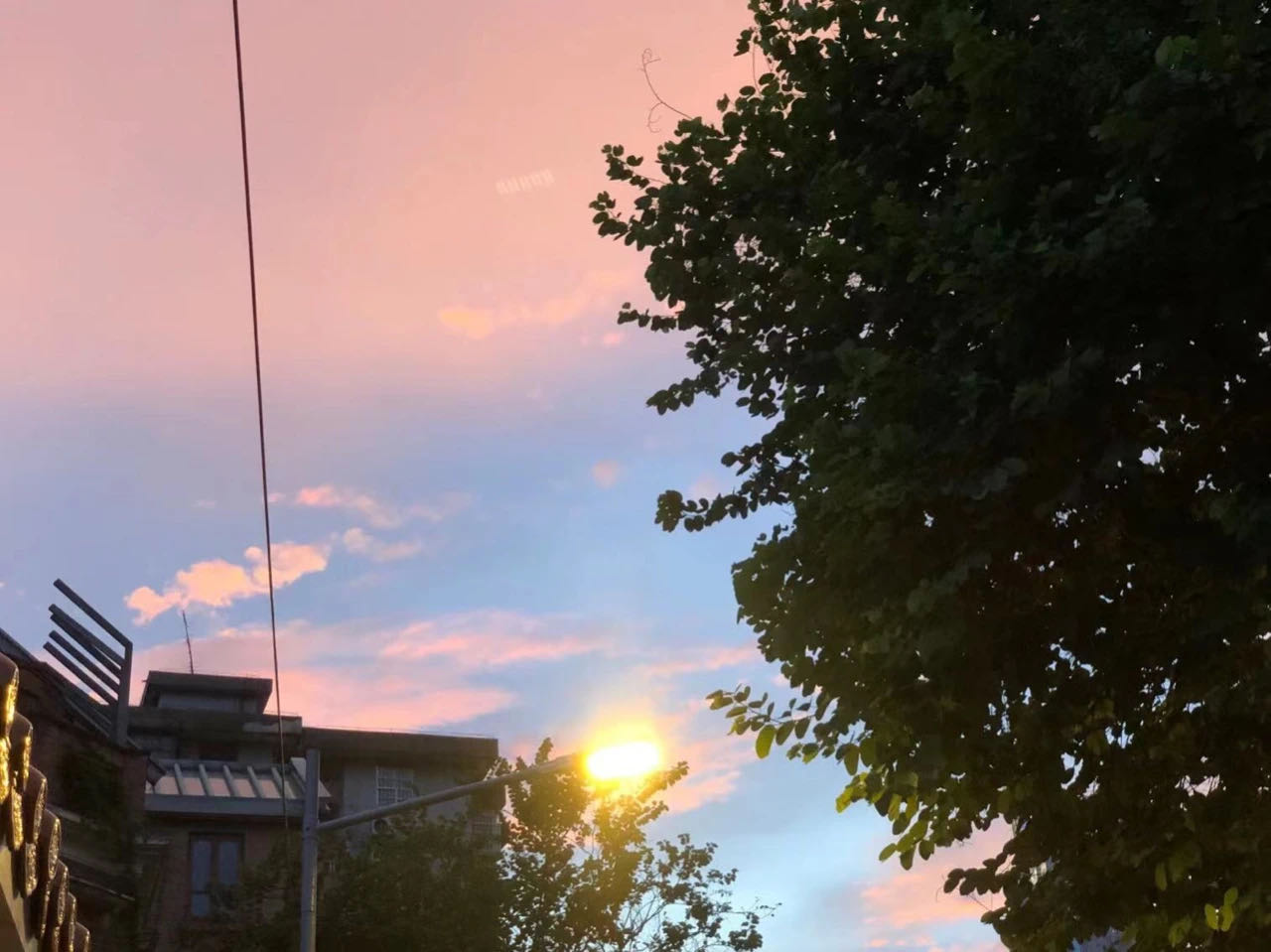
(push open the front street gate in the evening, enjoy the sunset while drinking coffee)
In the world of coffee, in addition to a wide variety of coffee, complex producing areas, and increasingly innovative processing methods, there are also a variety of ways to extract coffee. In this article, Qianjie will use five kinds of brewing methods to feel the tenderness of Qianjie small Huakui coffee beans from different angles.
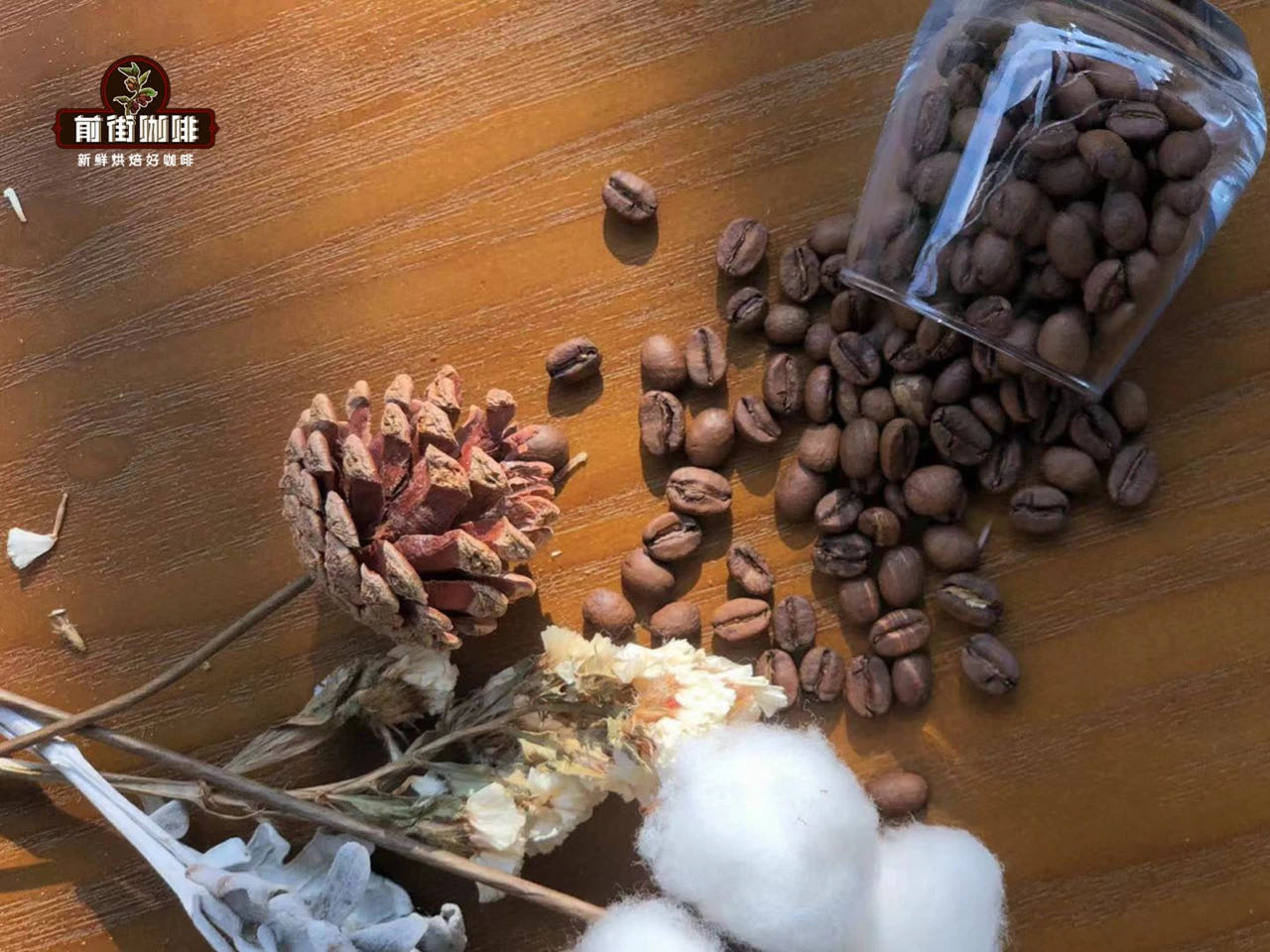
V60 drop filtration extraction
Flavor performance: mixed raspberry-like aroma, cream strawberry, passion fruit-like sweet and sour, obvious sweet, full taste.
The name of the V60 filter cup comes from the cone-shaped design with a 60-degree angle, which guides the water to the center and prolongs the contact time between water and coffee. The bottom large aperture filter design allows you to control the flavor extraction time of coffee by changing the size of the water injection. In order to prevent the flow of water from passing through the coffee powder layer too quickly, Qianjie recommends medium fine grinding (the screening rate of China's No. 20 screen is 80%). In order to better reflect the full juice and rich fruit aroma of small Huakui coffee beans, the water temperature is recommended to be 91 degrees Celsius, and three-stage slow loop fine water injection can be used in cooking techniques.
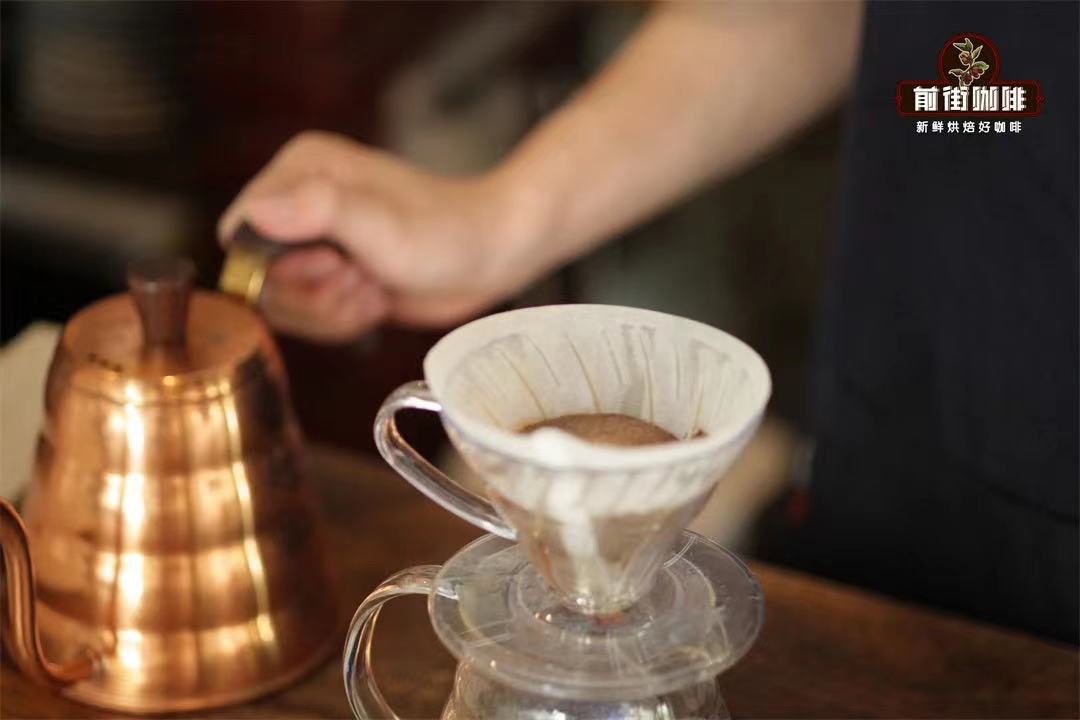
The amount of cooking powder is 15g and the ratio of powder to water is 1:15, that is, we need 15g coffee powder to inject 225g hot water for extraction. First, when using 30g, steam for 30 seconds, pour water in a circle from the middle to the outside and then return to the center in a circle of 4G per second and then return to the center in 4 seconds. Wait for the powder layer to drop to half of the powder layer and begin to inject water to 225g in the same way. After all the coffee liquid of the filter cup flows into the pot, remove the filter cup and end the extraction. The cooking time is 2 minutes and 10 seconds.
Smart cup filtration extraction
Flavor performance: mixed berry aroma, strawberry juice fullness, creamy smoothness, black tea finish.
The bottom of the smart cup is divided into two layers, the outer layer is the support function, and the inner layer is designed with a pressing on-off valve. As long as it is not placed on the container, the valve is in a closed state in which the coffee powder can be soaked. After soaking, as long as the filter cup is placed on the container, the middle of the chassis will be pressed, prompting the piston valve to open and the coffee liquid to flow into the container. Due to the use of immersion extraction, Qianjie recommends moderate grinding (the screening rate of China's No. 20 screen is 75%), the water temperature is 90 degrees Celsius, and central fine water injection can be used in cooking techniques.
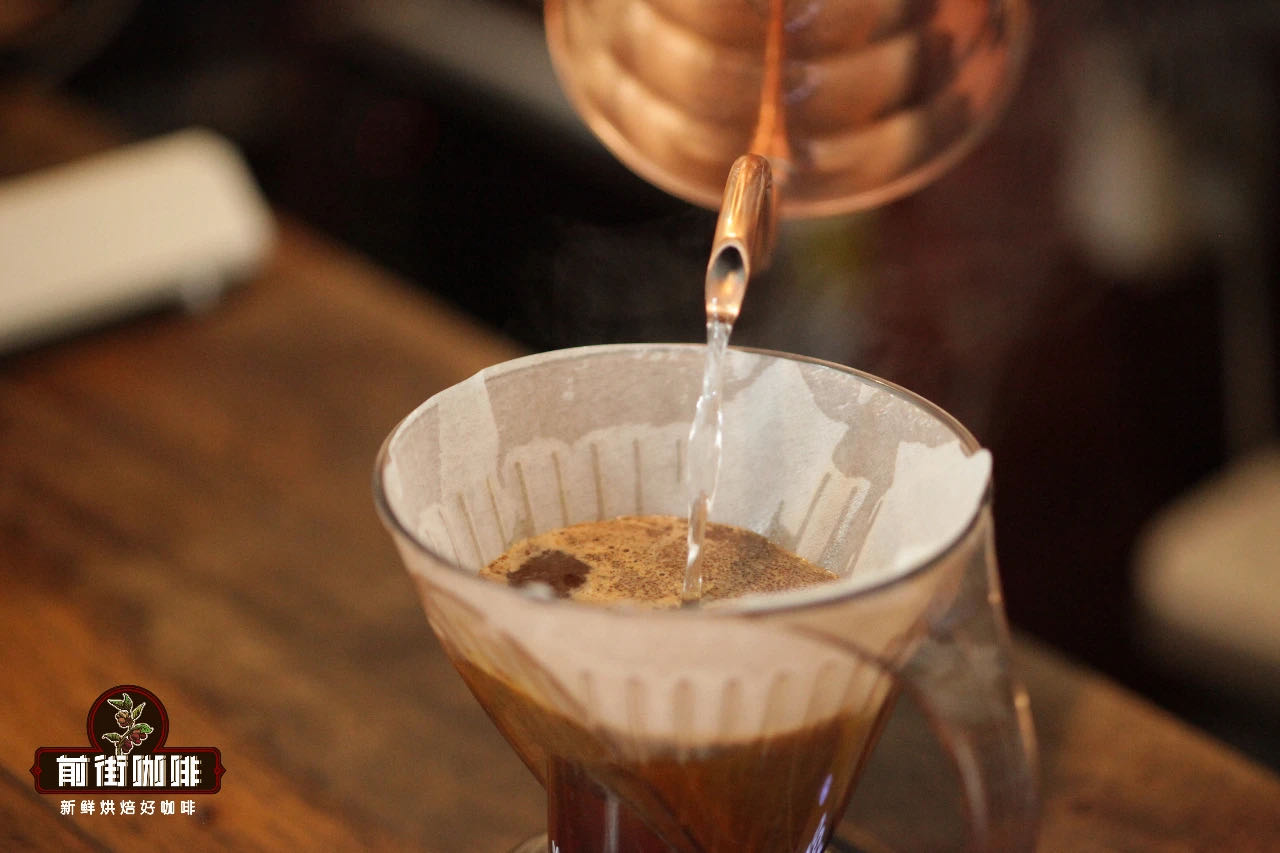
The amount of cooking powder is 15g and the ratio of powder to water is 1:15, that is, we need 15g coffee powder to inject 225g hot water for extraction. First move the smart cup to the electronic scale (when the valve closes automatically) and pour the ground coffee into the center of the filter cup. Press the timer, the first stage with "Z" type injection of 30g of hot water for 30 seconds. Instead of making a circle after steaming, pour hot water into the center of the filter cup to 225g, then soak 1 cup of water. After soaking, move the smart cup to the container to open the valve and filter out the coffee liquid in the filter cup. The whole process takes about 15 seconds, and the total extraction time of coffee is 2 seconds 391005 ".
Autoclave immersion extraction
Flavor performance: mixed berry-like aroma, compound juice, obvious creamy taste, full and mellow as a whole.
The pressure kettle is composed of a heat-resistant glass container and a metal filter with a pressure bar, and the coffee is extracted mainly by soaking. The longer the soaking time in the extraction process, the more substances are extracted from the coffee until it is saturated, that is, the longer the coffee is soaked, the stronger the coffee is. At the same time, the metal filter will retain a large amount of oil in the coffee, and the coffee tastes better and smoother, but it can not completely filter the fine powder to produce a sense of micro-slag. In order to avoid excessive extraction, Qianjie recommends medium and coarse grinding (71% of China's No. 20 screen), water temperature of 92 degrees Celsius and soaking time of 4 minutes.
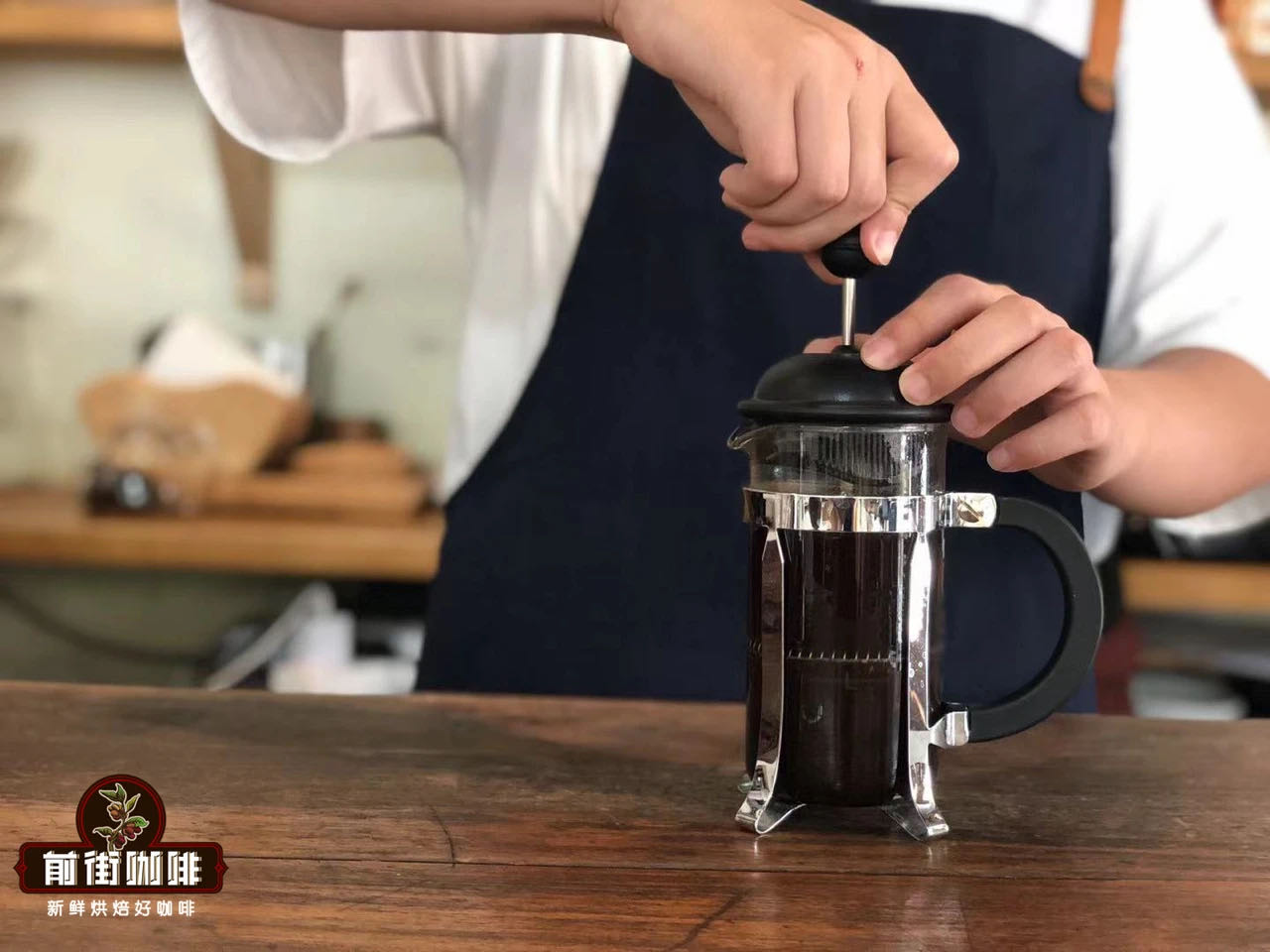
The amount of cooking powder was 15g and the ratio of powder to water was 1:15. Pour the ground coffee powder into the pot, then pour into the 225ml hot water, pull up the pressure bar, cover the pot, and wait 4 minutes. Then slowly press down the pressure bar to make the metal filter press the 1x4 of the kettle body to prevent the fine powder from the bottom from surging to the top.
Philharmonic pressure pressure extraction
Flavor performance: saturated berry acidity, obvious sweetness, creamy smooth, high cleanliness, obvious sense of black tea.
The structure of the Philharmonic pressure can be simply divided into three parts: the pot body, the filter cover and the piston cylinder. It combines the soaking extraction method of the French filter pressure pot, the filter paper filtration of the hand coffee and the pressure extraction of the Italian coffee machine. Its working principle is to mix the coffee powder with hot water, squeeze the air with a pressure cylinder, and penetrate the filter cover to extract the coffee with clean flavor. Due to the pressure extraction for a short time, Qianjie recommends fine grinding (90% of China's No. 20 screen), and the water temperature is 90 degrees Celsius.
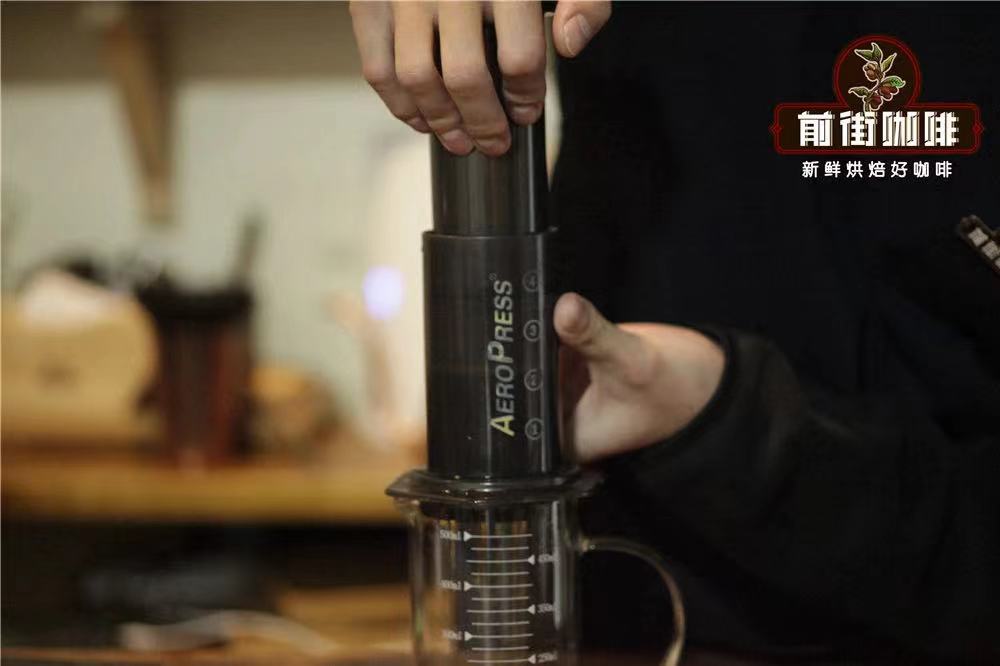
The amount of cooking powder is 15g. First, press the round filter paper on the filter cover and wet it with water; then press the filter cover on the pot and place the front on the filter cup. Put in the funnel and pour in 15 grams of ground coffee powder; then start the clock, pour in hot water and reach the "④" scale of the pot, use a stirring stick to slightly stir the coffee powder in the pot to make all the coffee wet. Press on the piston cylinder, because coffee will drip into the lower pot under positive pressure, so stir and press the cylinder quickly after water injection. After pressing the cylinder, the dripping will stop because it is sealed inside. 1 minute later, the piston cylinder begins to be squeezed, and the squeezed effect of the coffee liquid is pressed to the next pot for 1 minute and 20 seconds.
Cold water immersion extraction
Flavor performance: compound fruit juice sour, full berry juice, passion fruit fermentation, sweet and sour balance, the whole is full and mellow.
Cold-soaked coffee, also known as cold-extracted coffee, is a kind of soaking extraction after injecting cold water into the coffee powder. The way of cold soaking can magnify the various flavors and aromas of coffee, reduce the acidity and increase the overall alcohol thickness of coffee. Due to the use of low temperature extraction, Qianjie recommends medium and fine grinding (85% of China's No. 20 screen), and normal temperature water or ice water can be used when soaking.
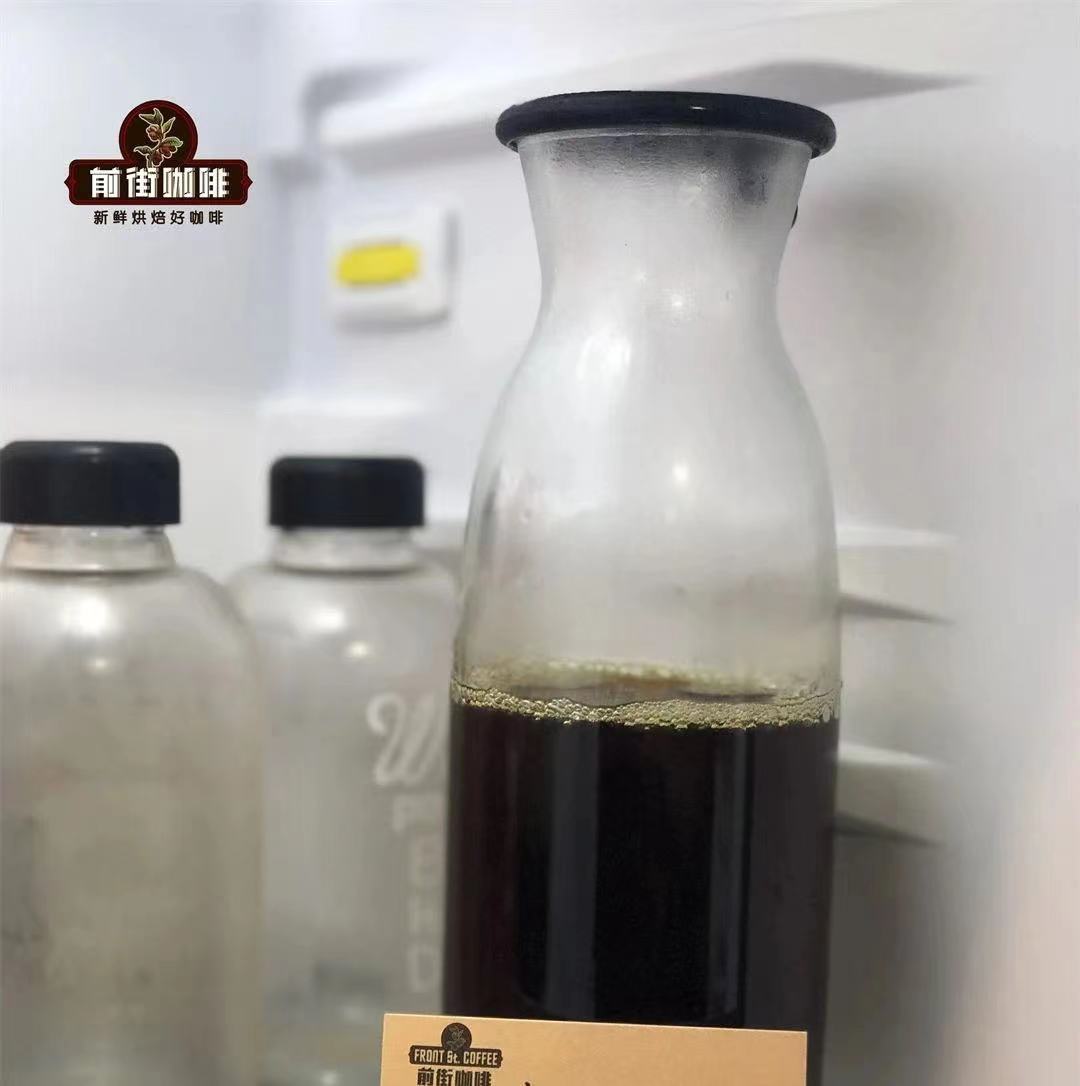
Qianjie suggests that the ratio of powder to water for making cold-extracted coffee is 1:15. For example, 30g coffee is added with 300g normal water and 150g ice cubes (or 450g normal water directly), thoroughly stirred and soaked in the refrigerator for 12-24 hours. After the extraction, filter paper or fine filter is used to filter out the coffee grounds and then drink. The best tasting time for cold-extracted coffee is 2-3 days after filtering the coffee grounds, and the storage time is recommended to be no more than 7 days.
Important Notice :
前街咖啡 FrontStreet Coffee has moved to new addredd:
FrontStreet Coffee Address: 315,Donghua East Road,GuangZhou
Tel:020 38364473
- Prev

The difference between spring picking black tea and summer picking black tea in Darjeeling what is spring picking tea in Darjeeling is it black tea
A common question among Darjeeling black tea lovers is why the colors of spring-picked tea and tea soup in Darjeeling look so green. Although it is classified as black tea, from the appearance, Darjeeling dried tea color may be mistaken for green tea. First of all, we have to understand the tea-making process of spring picking tea in Darjeeling. After the newly picked leaves were sent to the factory,
- Next
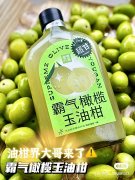
Is the new happy tea product yellow skin fresh dew really that delicious? Take you to re-engrave the new wedding tea [yellow skin fresh dew]
Domineering oil mandarin is hot all over the network, and the wave of hand-beating lemon tea has also swept through the summer. Ah hey, is it time for the stunning debut of fresh fruit? have the friends who have tried Huangpi Xianlu, who likes tea, been so surprised that even yellow peel can be used as a drink? After the oil mandarin, let's stop making a fuss! We have to believe that there will be more bizarre minority fruits out of the circle.
Related
- Beginners will see the "Coffee pull flower" guide!
- What is the difference between ice blog purified milk and ordinary milk coffee?
- Why is the Philippines the largest producer of crops in Liberia?
- For coffee extraction, should the fine powder be retained?
- How does extracted espresso fill pressed powder? How much strength does it take to press the powder?
- How to make jasmine cold extract coffee? Is the jasmine + latte good?
- Will this little toy really make the coffee taste better? How does Lily Drip affect coffee extraction?
- Will the action of slapping the filter cup also affect coffee extraction?
- What's the difference between powder-to-water ratio and powder-to-liquid ratio?
- What is the Ethiopian local species? What does it have to do with Heirloom native species?

